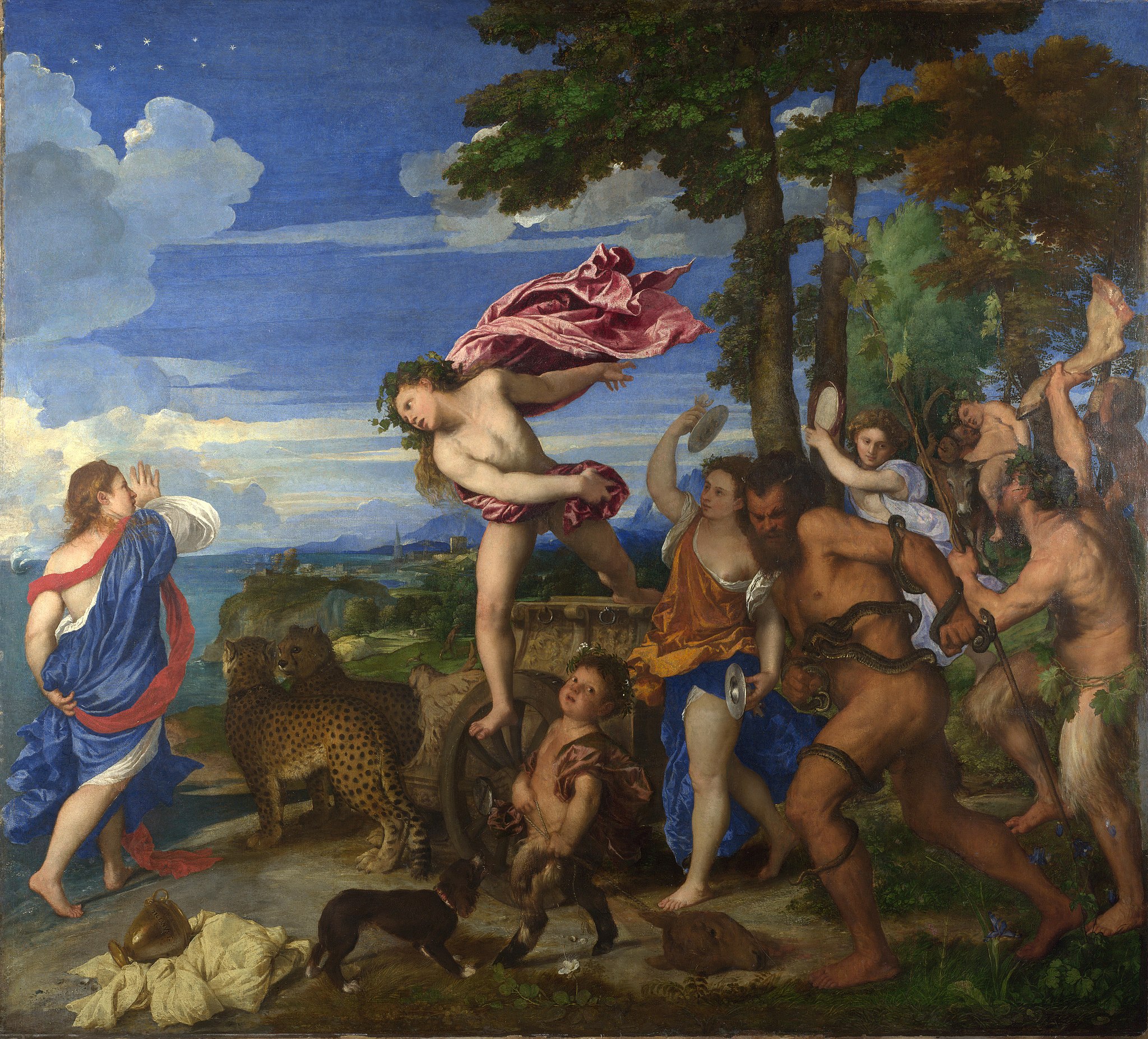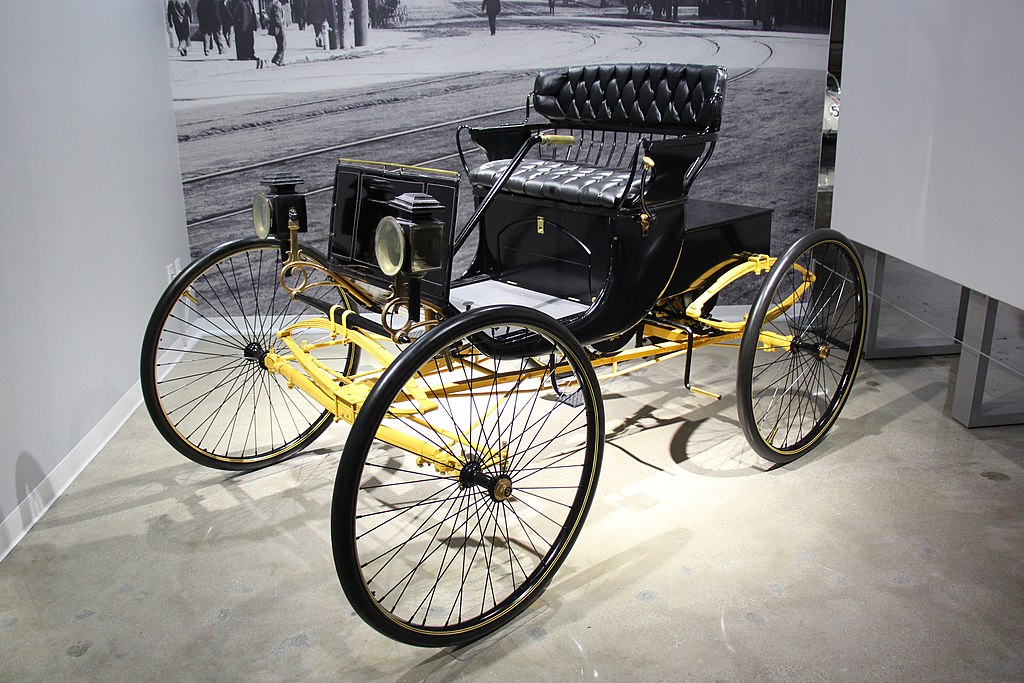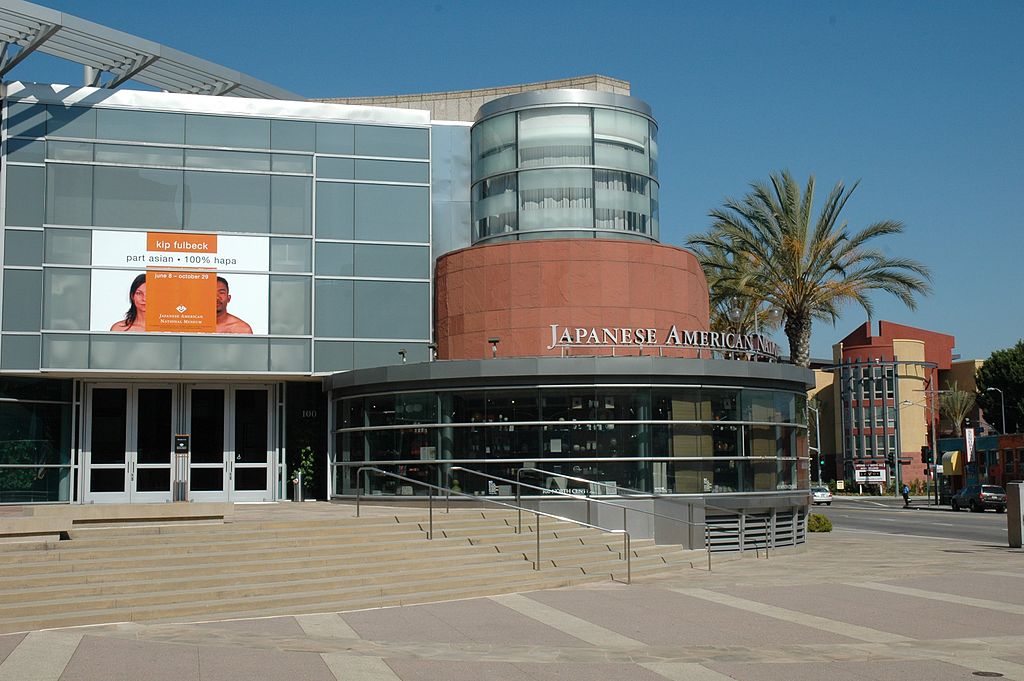
“Bacchus and Ariadne” by Titian depicts Bacchus, the god of wine, emerging with his followers from the right of the scene and according to myth, falling in love at first sight with Ariadne. Titian shows Bacchus leaping from his chariot to protect Ariadne, who has been abandoned on a Greek island and deserted by her lover Theseus, whose ship sails away to the far left of the picture.
Initially, the commission for this painting was given to Raphael. Unfortunately, Raphael died young, and Titian was allowed to paint this mythological subject during 1522 for a wealthy patron.

“Bacchus and Ariadne” painting by Carlo Maratta (1625–1713)
Ariadne’s Story
Ariadne’s story begins when, as a daughter of the King Minos of Crete, she helps Theseus, an Athenian hero to kill the Minotaur, a beast which is half man and half bull, who lived in a labyrinth on the island of Crete. Ariadne saves Theseus by giving him a ball of thread which Theseus ties to the entrance of the maze, and he then unwinds the thread as he makes his way through the maze. After he finds the Minotaur and kills him, he finds his way out of the labyrinth by following Ariadne’s thread back to the entrance.
After achieving his mission of killing the Minotaur, he sets sail to return to Athens, and he takes Ariadne with him. His ship stops on the island of Naxos, where Ariadne falls asleep and is then deserted by Theseus. When Ariadne wakes up, she searches the shore of Naxos, vainly looking for her lost lover.
Titian has imagined the scene in which Ariadne is surprised by Bacchus, the god of wine, and his partying entourage. Bacchus falls in love with Ariadne and offers to marry her and promise her a crown of stars as a wedding gift, which can be seen in Titian’s painting above Ariadne. In other versions of the story, Bacchus offers Ariadne the sky as a wedding gift, where she later becomes the constellation of the Northern Crown (Corona Borealis). The story of Bacchus and Ariadne is based on Roman legend written by Roman poets Catullus (c.84-54 BCE) and Ovid (43 BCE-17CE).
“Bacchus and Ariadne” by Annibale Carracci from 1597 is a ceiling fresco known as “The Triumph of Bacchus and Ariadne,” part of the ceiling fresco cycle titled, “The Loves of the Gods” in the Farnese Gallery of the Palazzo Farnese in Rome. Bacchus is in his chariot, and now Ariadne also has her chariot. Ariadne was a favorite subject for paintings, sculptures, and vases with over 400 images of Ariadne in various pieces of art, which are included at the Warburg Institute Iconographic Database.

“Bacchus and Ariadne” by Annibale Carracci (1597 )
Titian was the foremost artist of Venetian painting during the 16th century. His “Bacchus and Ariadne” composition is full of movement and color, with the figures dancing and celebrating with some poses taken from Greek sculpture of classical antiquity. An example is a satyr who is struggling with snakes in this painting whose image is reminiscent of the Greek statue Laocoon and His Sons.
Bacchus
Bacchus is the Roman equivalent of Dionysus, the god of wine, fertility, ritual madness, religious ecstasy, and theatre in ancient Greek religion and myth. Wine played an important role in Greek culture, and the cult of Dionysus was the main religious focus for its unrestrained consumption. Dionysus is also known as Bacchus, the name adopted by the Romans. As “the liberator,” his wine, music and ecstatic dance frees his followers from self-conscious fear and care, and subvert the oppressive restraints of the powerful.
Titian
Titian (1490 – 1576) was the most famous painter of the 16th-century Venetian school. So much so that his contemporaries recognized him as one of the most accomplished painters, adept with portraits, landscape, and mythological and religious subjects. His application and use of color, his vivid, luminous tints, his brushwork, and subtlety of tone had a profound influence on Western art.
Bacchus and Ariadne
- Title: Bacchus and Ariadne
- Artist: Titian
- Year: 1522–23
- Genre: Mythological painting
- Movement: Renaissance Art in Venice
- Type: Oil on canvas (applied onto conservation board 1968)
- Dimensions: 176.5 cm × 191 cm (69.5 in × 75 in)
- Museum: National Gallery, London
Titian
- Artist: Titian ( Tiziano Vecelli or Tiziano Vecellio)
- Born: 1490, Pieve di Cadore, Italy
- Died: 1576, Venice, Italy
- Buried: Santa Maria Gloriosa Dei Frari, Venice, Italy
- Period: Italian Renaissance, Renaissance
- Notable works:
- Bacchus and Ariadne
- The Rape of Europa
- Perseus and Andromeda
- Diana and Actaeon
- The Death of Actaeon
- Venus and Adonis
- Diana and Callisto
- Saint John the Baptist
Explore The National Gallery
13th Century Paintings
- “The Virgin and Child Enthroned, with Narrative Scenes” by Margarito d’Arezzo – 1264
- “The Virgin and Child” by Master of the Clarisse – 1268
- “Crucifix” by Master of Saint Francis – 1270
14th Century Paintings
- Wilton Diptych – 1395
- “The Annunciation” by Duccio – 1311
- “The Healing of the Man Born Blind” by Duccio – 1311
15th Century Paintings
- “Arnolfini Portrait” by Jan van Eyck – 1434
- “The Battle of San Romano” by Paolo Uccello– 1440
- “Venus and Mars” by Sandro Botticelli – 1483
- “Portrait of Doge Leonardo Loredan” by Giovanni Bellini– 1501
16th Century Paintings
- “Virgin of the Rocks” by Leonardo da Vinci – 1506
- “The Madonna of the Pinks” by Raphael – 1507
- “The Raising of Lazarus” by Sebastiano del Piombo– 1519
- “Salvator Mundi” by Andrea Previtali – 1519
- “Bacchus and Ariadne” by Titian – 1523
- “The Ambassadors” by Hans Holbein the Younger – 1533
- “Mary Magdalene” by Girolamo Savoldo – 1540
- “Saint George and the Dragon” by Tintoretto – 1558
- “The Family of Darius before Alexander” by Paolo Veronese – 1567
- “Diana and Actaeon” by Titian – 1569
- “The Rape of Europa” by Paolo Veronese – 1570
- “The Death of Actaeon” by Titian – 1575
- “The Origin of the Milky Way” by Tintoretto – 1575
17th Century Paintings
- “Supper at Emmaus” by Caravaggio – 1601
- “Samson and Delilah” by Peter Paul Rubens – 1610
- “The Judgement of Paris” by Peter Paul Rubens – 1635
- “Aurora abducting Cephalus” by Peter Paul Rubens – 1637
- “Equestrian Portrait of Charles I” by Anthony van Dyck – 1638
- “Venus at her Mirror” by Diego Velázquez – 1651
- “Self Portrait at the Age of 63″ by Rembrandt – 1669
- “A Young Woman standing at a Virginal” by Johannes Vermeer – 1670
18th Century Paintings
- “Bacchus and Ariadne” by Sebastiano Ricci – 1713
- “A Regatta on the Grand Canal” by Canaletto – 1740
- “Mr. and Mrs. Andrews” by Thomas Gainsborough – 1749
- “Eton College” by Canaletto – 1754
- “An Experiment on a Bird in the Air Pump” by Joseph Wright of Derby – 1768
- “Self-portrait in a Straw Hat” by Louise Élisabeth Vigée Le Brun – 1782
19th Century Paintings
- “The Emperor Napoleon I” by Horace Vernet – 1815
- “Dido Building Carthage” by J. M. W. Turner – 1815
- “Salisbury Cathedral from the Meadows” by John Constable – 1831
- “The Execution of Lady Jane Grey” by Paul Delaroche – 1833
- “The Fighting Temeraire” by Joseph Mallord William Turner – 1839
- “Rain, Steam, and Speed – The Great Western Railway” by J. M. W. Turner – 1844
- “Cimabue’s Celebrated Madonna is carried in Procession through the Streets of Florence” by Frederic Leighton – 1855
- “Madame Moitessier” by Jean-Auguste-Dominique Ingres– 1856
- “The Gare St-Lazare” by Claude Monet – 1877
- “Bathers at Asnières” by Georges Seurat – 1884
- “Sunflowers” by Vincent van Gogh – 1888
- “After the Bath, Woman Drying Herself” by Edgar Degas – 1895
- “Boulevard Montmartre at Night” by Camille Pissarro – 1898
20th Century Paintings
- “Misia Sert” by Pierre-Auguste Renoir – 1904
- “Portrait of Hermine Gallia” by Gustav Klimt – 1904
- Bathers (Les Grandes Baigneuses) by Paul Cézanne – 1905
- “Men of the Docks” by George Bellows – 1912
- “Water-Lilies” by Claude Monet (National Gallery, London) – 1916
Explore The National Gallery
- The National Gallery
- Masterpieces of The National Gallery
- The National Gallery, London – Crossword Puzzles
Reflections
- Why did Ariadne become a favorite subject for paintings, sculptures, and vases?
- Why are we fascinated by stories based on falling in love at first sight?
- Love at first sight, Bacchus offered Ariadne the sky as a wedding gift, where she later becomes the constellation.
- Every time I think of Titian, I imagine this painting.
- Love at first sight?
Insights into “Bacchus and Ariadne” by Titian
Every time I think of Titian, I imagine this painting.https://t.co/vDCIiPdYNf
— Joy of Museums 🌐 (@joyofmuseums) June 8, 2019
~~~
“It is not bright colors but good drawing that makes figures beautiful.”
– Titian
~~~
Photo Credit: 1) By Morio (Own work) [CC BY-SA 3.0 (http://creativecommons.org/licenses/by-sa/3.0)], via Wikimedia Commons 2) Annibale Carracci [Public domain], via Wikimedia Commons 3) Carlo Maratta [Public domain], via Wikimedia Commons
Top Posts & Pages








 Sponsor your Favorite Page
Sponsor your Favorite Page SEARCH Search for: Search Follow UsJoin – The JOM Membership Program
Become a Patron!
Sponsor a Masterpiece with YOUR NAME CHOICE for $5
Share this:
- Tweet
